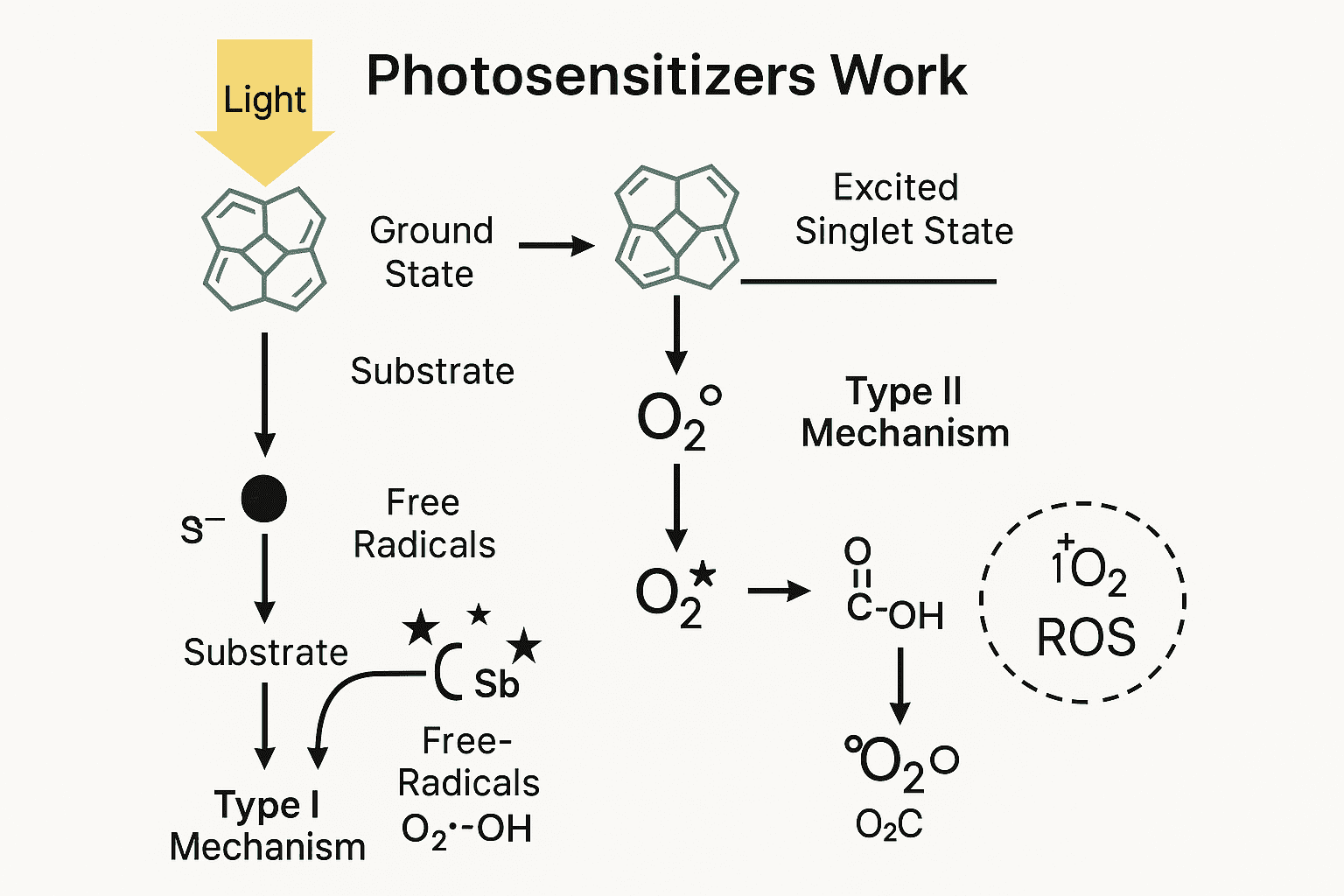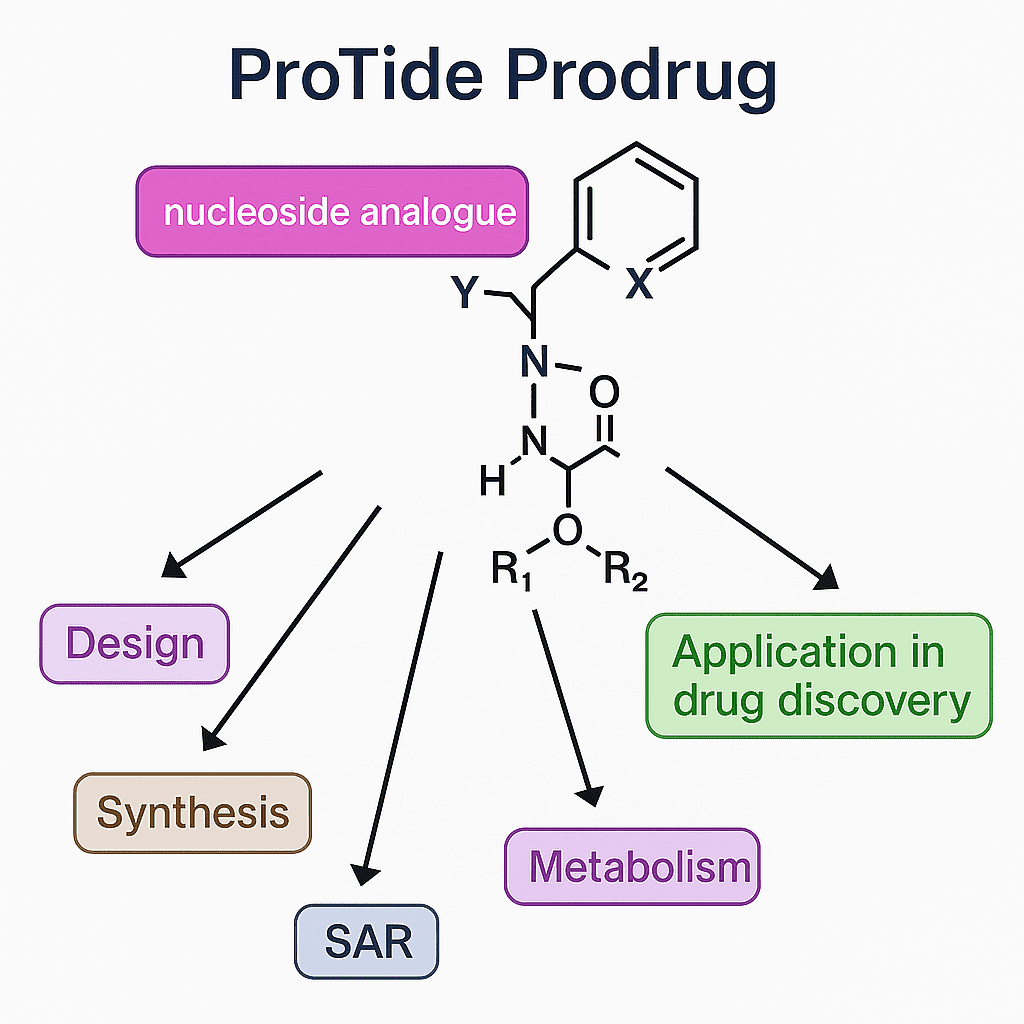What can stable isotope internal standards do?
Abstract
Stable isotope internal standards are transformative tools in analytical chemistry, enhancing precision, accuracy, and reliability across various applications. These standards, utilizing non-radioactive isotopes such as 2H, 13C, 15N, and 18O, serve as benchmarks in quantitative analysis, calibration, and matrix effect correction. Their applications span pharmaceutical research, environmental analysis, and biochemical research, facilitating the accurate measurement of drug metabolites, environmental pollutants, and metabolic pathways. By compensating for sample losses and improving sensitivity, stable isotope internal standards ensure that analytical data is both reliable and reproducible. As analytical technologies advance, the role of these standards in achieving scientific excellence continues to grow, driving innovations in diverse scientific disciplines.
Introduction
Analytical chemistry, a cornerstone of scientific research, demands high levels of precision and accuracy to provide reliable data. This precision is crucial for various fields, including pharmaceuticals, environmental science, and biochemistry. Within this context, stable isotope internal standards have emerged as indispensable tools, enhancing the reliability of analytical measurements and pushing the boundaries of what can be achieved in modern analytical chemistry.
What Are Stable Isotope Internal Standards?
Stable isotope internal standards are compounds that contain isotopes of elements that do not undergo radioactive decay, such as 2H (deuterium), 13C, 15N, and 18O. These isotopes replace their common counterparts in a molecule, creating a version of the compound that is chemically identical to the original but distinguishable in mass spectrometry. This unique characteristic allows them to serve as benchmarks within analytical procedures, facilitating accurate quantification and analysis.
In practice, these standards are added to samples in known quantities. Because they share nearly identical chemical properties with the target analytes but differ in mass, they provide a means to account for variations and potential losses during sample preparation and analysis. This dual role—mirroring the behavior of the analyte while providing a distinct signal—makes stable isotope internal standards exceptionally effective in overcoming common analytical challenges.
By mitigating issues related to matrix effects, where other substances in the sample can interfere with the analysis, stable isotope internal standards ensure that the results are both accurate and reproducible. They are particularly valuable in complex matrices, such as biological samples, where the presence of numerous interfering substances can compromise the integrity of the data.
Key Functions and Benefits
Stable isotope internal standards play a pivotal role in modern analytical chemistry, offering several key functions and benefits that enhance the accuracy and reliability of analytical measurements. These benefits are particularly evident in quantitative analysis, calibration, correction of matrix effects, and improving sensitivity and accuracy.
Quantitative Analysis
In quantitative analysis, stable isotope internal standards provide a reliable means to quantify analytes. By adding a known quantity of the isotope-labeled standard to the sample, any variations in sample preparation, extraction efficiency, or instrument performance can be accounted for. This ensures that the final measurement accurately reflects the true concentration of the analyte in the original sample. For instance, in pharmaceutical research, precise quantification of drug metabolites is critical, and stable isotope internal standards facilitate this precision.
Calibration
Calibration is a fundamental aspect of analytical chemistry, ensuring that instruments provide accurate and consistent results. Stable isotope internal standards are used to calibrate mass spectrometers and other analytical instruments. Because these standards closely mimic the behavior of the target analytes, they provide an accurate reference point, ensuring that the instrument’s response is correctly calibrated across different runs and sample types. This consistency is crucial for generating reproducible data, particularly in high-throughput environments.
Correction of Matrix Effects
Matrix effects occur when other substances in the sample interfere with the detection of the target analyte, leading to inaccuracies. Stable isotope internal standards help correct for these effects by providing a parallel signal that can be distinguished from the target analyte. This allows for accurate quantification even in complex samples, such as biological fluids, where matrix effects are common. By accounting for these interferences, analysts can obtain more reliable and precise measurements.
Improved Sensitivity and Accuracy
Stable isotope internal standards significantly improve the sensitivity and accuracy of analytical methods. By reducing background noise and enhancing signal clarity, these standards enable the detection of lower concentrations of analytes with greater confidence. This is particularly important in trace analysis, where detecting minute quantities of a substance can be challenging. Enhanced sensitivity and accuracy are essential for advancing research in fields like environmental monitoring, where detecting low levels of pollutants is critical.
Enhanced Sensitivity and Accuracy
Stable isotope internal standards are integral to enhancing the sensitivity and accuracy of analytical methods. They achieve this by providing a precise reference point that allows for the detection of very low concentrations of analytes. In mass spectrometry, for instance, these standards improve signal clarity by reducing background noise, which is crucial when analyzing trace amounts of substances. The enhanced sensitivity is particularly beneficial in fields like environmental monitoring, where detecting pollutants at minute levels is essential for assessing environmental health and compliance with regulatory standards.
The accuracy of analytical measurements is also significantly improved with the use of stable isotope internal standards. Because these standards behave chemically identical to the target analytes but differ in mass, they can correct for any potential losses during sample preparation and analysis. This ensures that the final measurements accurately reflect the true concentrations of the analytes in the samples. For example, in pharmacokinetics, where understanding the precise concentration of a drug and its metabolites in biological fluids is critical, stable isotope internal standards provide the necessary accuracy for reliable data.
Method Validation and Quality Control
Method validation is a crucial step in developing analytical procedures, ensuring that the methods are robust, reproducible, and suitable for their intended purpose. Stable isotope internal standards play a vital role in this process by serving as benchmarks against which the performance of the analytical methods can be evaluated. They help in assessing the accuracy, precision, linearity, and sensitivity of the methods. By incorporating stable isotope internal standards, researchers can validate that their methods produce consistent and reliable results across different batches and conditions.
In routine analysis, quality control is essential to maintain the integrity and reliability of the analytical data. Stable isotope internal standards are used in quality control processes to monitor the performance of the analytical methods continuously. They help detect any deviations or drifts in the instrument’s response, allowing for timely corrective actions. This continuous monitoring ensures that the analytical methods remain reliable over time, providing confidence in the results generated.
Metabolite Identification
In metabolomics, the identification and quantification of metabolites in complex biological samples are fundamental tasks. Stable isotope internal standards are invaluable in this field due to their ability to provide accurate and reliable data. These standards help distinguish metabolites from the background noise and other interfering substances in the sample. By using isotope-labeled versions of the metabolites, researchers can achieve precise quantification, which is essential for understanding metabolic pathways and their alterations in disease states.
For example, in cancer research, identifying and quantifying metabolites involved in tumor metabolism can provide insights into the disease’s progression and response to treatment. Stable isotope internal standards enable the accurate measurement of these metabolites, facilitating the discovery of potential biomarkers and therapeutic targets.
Compensation for Sample Losses
During sample preparation and analysis, losses of analytes can occur due to various factors such as adsorption to the container walls, degradation, or incomplete extraction. Stable isotope internal standards compensate for these losses by providing a reference that undergoes the same processing as the analytes. By comparing the signals of the standards to those of the analytes, researchers can correct for any losses and ensure that the final measurements accurately reflect the true concentrations in the original samples.
This compensation is particularly important in complex sample matrices, where the risk of analyte loss is higher. In clinical research, for instance, the accurate quantification of biomarkers in blood or urine samples is critical for disease diagnosis and monitoring. Stable isotope internal standards ensure that the measurements are not affected by sample preparation losses, providing reliable data for clinical decision-making.
Applications in Different Fields
Stable isotope internal standards have transformative applications across various fields, significantly enhancing the precision, accuracy, and reliability of analytical measurements. Their utility spans pharmaceutical research, environmental analysis, and biochemical research, each benefiting uniquely from these powerful tools.

Fig.1 The role of stable isotopes
Pharmaceutical Research
In pharmaceutical research, stable isotope internal standards are crucial for drug development and pharmacokinetics. They enable precise quantification of drugs and their metabolites in biological matrices, such as blood and urine. This accuracy is vital for determining the pharmacokinetic profiles of drugs, ensuring appropriate dosing, and understanding the metabolic pathways involved. For instance, in the development of new therapeutic agents, stable isotope internal standards help in assessing the bioavailability and metabolism of the drug, providing essential data for regulatory submissions and clinical trials.
Environmental Analysis
Environmental analysis is another field where stable isotope internal standards play a significant role. They are used to monitor pollutants and contaminants in various environmental matrices, including air, water, and soil. These standards help in accurately quantifying trace levels of pollutants, which is critical for assessing environmental health and compliance with regulatory standards. For example, in the detection of persistent organic pollutants (POPs) or heavy metals, stable isotope internal standards provide the reliability needed to measure these contaminants at very low concentrations, ensuring that the data reflects true environmental conditions.
Biochemical Research
In biochemical research, stable isotope internal standards are indispensable for studying metabolic pathways and cellular processes. They facilitate the accurate measurement of metabolites and other small molecules in complex biological samples. This accuracy is essential for understanding the dynamics of metabolic networks and identifying biomarkers for diseases. For example, in cancer research, stable isotope internal standards are used to measure metabolites involved in tumor metabolism, helping to identify potential therapeutic targets and understand the biochemical changes associated with cancer progression.
Case Studies and Examples
Several case studies highlight the importance of stable isotope internal standards. In one study, researchers used stable isotope-labeled amino acids to track protein synthesis and degradation in muscle tissues, providing insights into muscle wasting diseases. In another example, environmental scientists employed stable isotope internal standards to quantify pesticide residues in agricultural runoff, ensuring accurate risk assessments for ecological and human health.
Future Prospects
The future of stable isotope internal standards looks promising, with ongoing advancements in analytical technologies. As methods become more sensitive and precise, the role of stable isotope internal standards will continue to grow, driving innovations in pharmaceutical research, environmental monitoring, and biochemical studies. Their ability to provide reliable and accurate data makes them indispensable tools in modern analytical chemistry.
Conclusion
Stable isotope internal standards are essential tools in modern analytical chemistry, significantly enhancing the precision, accuracy, and reliability of various analytical measurements. Their applications span critical fields such as pharmaceutical research, environmental analysis, and biochemical research, where they play pivotal roles in drug development, pollutant monitoring, and metabolic pathway studies. By providing precise quantification, calibration, correction of matrix effects, and compensation for sample losses, these standards ensure that analytical data is accurate and reproducible. The benefits of stable isotope internal standards are evident in the precise measurement of drug metabolites, the accurate monitoring of environmental contaminants, and the reliable identification of metabolic changes in disease research. As analytical technologies advance, the importance and utility of stable isotope internal standards will continue to grow, driving further innovations and ensuring high-quality data across diverse scientific disciplines. Their role in enhancing the sensitivity and accuracy of analytical methods underscores their indispensable value in achieving scientific excellence.
References
- March, R. E., & Todd, J. F. J. (2005). Quadrupole ion trap mass spectrometry (2nd ed.). John Wiley & Sons.
- Taylor, P. J. (2005). Matrix effects: The Achilles heel of quantitative high-performance liquid chromatography-electrospray-tandem mass spectrometry. Clinical Biochemistry, 38(4), 328-334.
- Souverain, S., Rudaz, S., & Veuthey, J. L. (2004). Matrix effect in LC-ESI-MS and LC-APCI-MS with off-line and on-line extraction procedures. Journal of Chromatography A, 1058(1-2), 61-66.
- Want, E. J., Masson, P., Michopoulos, F., Wilson, I. D., Theodoridis, G., Plumb, R. S., … & Nicholson, J. K. (2013). Global metabolic profiling of animal and human tissues via UPLC-MS. Nature Protocols, 8(1), 17-32.




